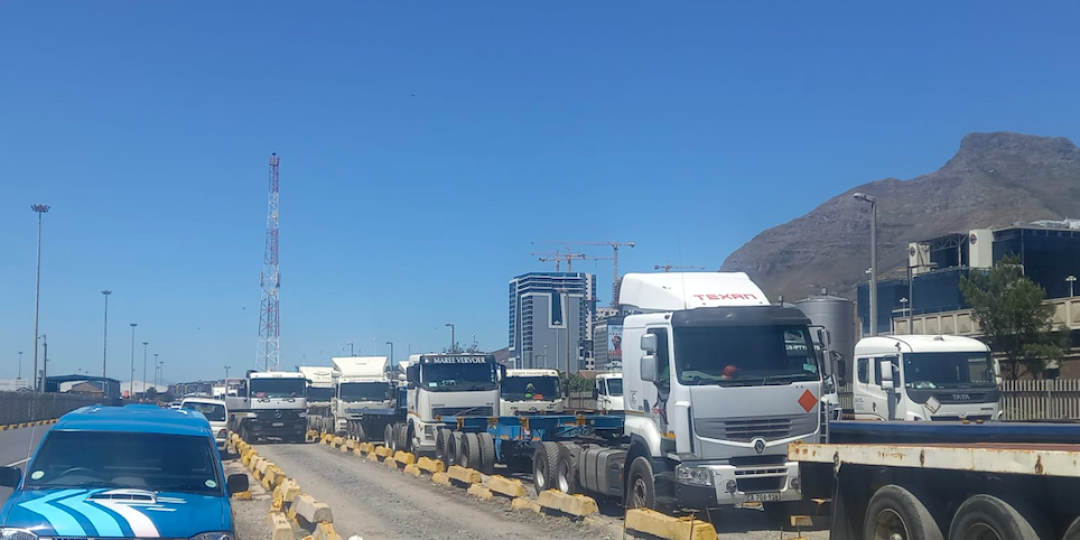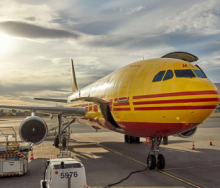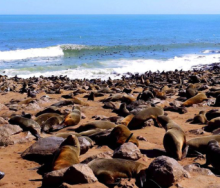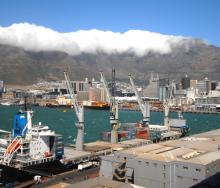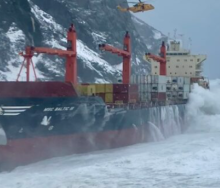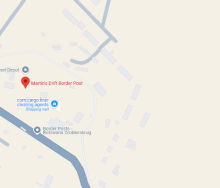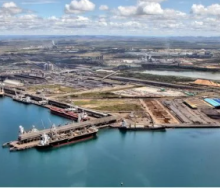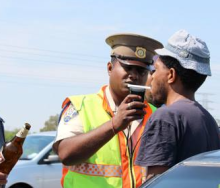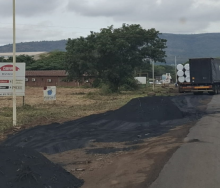Cape Town port users and transporters have lambasted Transnet Port Terminals (TPT) for its alleged lack of transparency regarding the slow pace of recovery after strong winds halted container operations last week.
Several port stakeholders, who asked to speak on condition of anonymity for fear of reprisals, said it was understandable that the strong winds had halted operations for safety reasons last week. However, they claimed that the level of recovery TPT had touted in a media statement on Friday was “less than ideal”. TPT had claimed that it had put measures in place to boost productivity and reduce berthing delays by “maintaining maximum manning levels of seven gangs”.
One port user said the port appeared to be short-staffed and equipment, including rubber tyre gantries (RTGs) and straddles, were constantly breaking down.
“The operation of the port is less effective than it should be and when there is a large influx of fruit containers, as we have now with the deciduous fruit exports, it’s a problem. There are 3 000 plug-in points for reefer containers in the port and those are all full - and all the plug points at external facilities are also full. Fruit exporters had to redirect their containers to Gqeberha because there was nowhere to plug them in at Cape Town port last week,” he said.
The port claimed to have at least 24 operational RTGs, but it appeared that there were usually only about 17 or 18 that were working, he added.
“The RTGs are not maintained properly and have not been replaced where necessary, so if you don’t have enough RTGs to work across all three berths, one berth becomes like a parking berth and the truckers are not moving. Stacks should not be more than 65%, but yesterday they were sitting at 95% capacity. Trucks are sitting for ten to 11 hours in the terminal, which makes it very difficult for transporters to make any money,” he said.
One transporter said his trucks had stood at the multipurpose terminal for 12 to 13 hours to collect a container. He said the delay was due to equipment breakdowns in the port.
“There is very little equipment available to assist trucks to drop off and collect containers. Other transporters stood for between 19 and 26 hours in the queue,” he said.
The interim staging area, which is not tarred and does not have ablution facilities for drivers, was also not working.
Another transporter echoed his concerns, saying his firm had at least 11 vehicles queuing at the port this week.
“It takes one entire day, or more than a day, just to collect a container from the port. There is no contractual obligation to us, we just stand and wait. We get instructions from the freight forwarder to collect the containers, and we are the ones that get abused,” he said.
“Five years ago we were able to take five containers per vehicle per day, but now we are down to one to two containers at the most if we are lucky,” he said.
Despite Transnet’s claims that the port had put a contingency plan in place to deal with the backlogs caused by the strong winds, it had not successfully managed to implement it.
“They have not been able to recover after those four days of wind, despite what they are saying about the recovery process being in place. We are not getting to the actual story of what is happening there. I have a theory that the equipment is old, failing and not maintained properly, and there is a labour productivity issue as we are also waiting two hours for a shift change to take place. It is just so frustrating,” he said.
Harbour Carriers’ Association of Cape Town representative, Vernon Rawstorne, said the organisation had appealed to the port for clarity regarding the challenges its members were facing.
“If we could just have transparency - if there are issues, let us know what the issues are so we can go back to our customers and let them know what is going on. It is essential that we get information,” he said.
SA Association of Freight Forwarders director, Mike Walwyn, said the container terminal was “operating at less-than-desired efficiency” because of a lack of maintenance”, staff shortages and insufficient acquisition of new equipment.
“The solution in our view would be to set up a public-private partnership for the port, as envisaged for the railway corridor (between Durban and Johannesburg), and as is the case in Maputo, for example, where the government is still the main port shareholder, but DP World runs operations,” he said.
